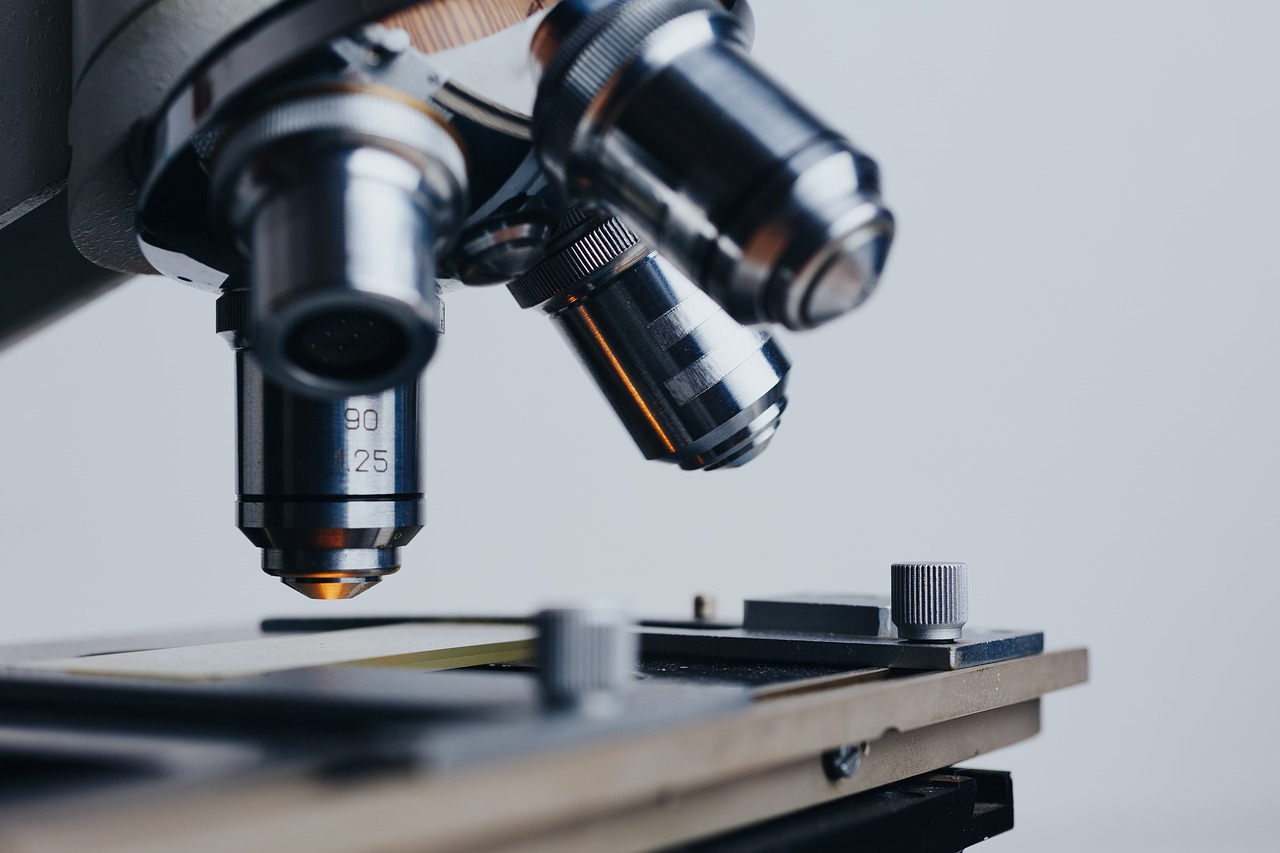Medical Device Testing: Overview and Types

WHAT IS A MEDICAL DEVICE?
According to WHO, a medical device is an article, apparatus, machine, or instrument, which helps in diagnosis, prevention, and treatment of any illness. It is employed to measure, detect, correct, restore, or modify the function/structure of a human body for various health purposes.
ITS FUNCTIONS:
A medical device is an integral constituent of a healthcare facility. It enables accurate evaluation of a patient’s current condition. It helps to effectively and safely prevent, diagnose and treat diseases. With its help, healthcare practitioners collect valuable stats/data of the patient’s health. Only then can they make fair medical judgments.
There are independent testing agencies that undertake testing medical equipment. For example, nowadays, you can book a private MRI scan without a doctor’s referral. However, they ensure that they pass all the required quality tests and meet all requirements. They ensure that they pass all the required quality tests and meet all requirements. They are useful as they help the medical industry meet standards and sustain quality. One can entrust these agencies by testing their medical equipment and get them approved. After which, they can be used on patients.
THE DIGITAL INTERVENTION:
Digital usage has increased tremendously in the last century. Its far-reaching effects and applications have influenced the medical world in beneficial ways. Medical devices that are software-enabled have brought a considerable amount of sophistication into the modern medical landscape.
Today there are high-grade pacemakers, defibrillators, insulin pumps, robotic surgical help, and many such ground-breaking technological advancements that help healthcare practitioners in more ways than one; WHO states that there are 2 million medical devices in the world today.
WHY IS TESTING ESSENTIAL?
Since there is unimaginable reliance on medical devices, they need to work with precision. Even an unexpected minor glitch could prove fatal. That is why it is of extreme importance that thorough testing is done before they are employed for practical use.
Numerous regulations/compliance requirements have to be met to ensure the quality of these devices. It should be done before a medical instrument reaches the market. Medical device testing performs more than just Verification and Validation- V&V.
Testing also involves evaluating different aspects of the device based on performance, behaviour, GUI, reliability, and other elements to prevent defective devices from being used on a patient.
TYPES OF COMMON MEDICAL DEVICE TESTING:
SAFETY TEST:
This test is one of the most critical tests. Medical devices are tested for safety in tandem with the IEC(International Electrotechnical Commission) 60601 standards. They are a collection of technical criteria that the equipment is supposed to meet. This test also includes approving test reports and accreditation (certificates).
EMC TESTING:
All devices that use electricity tend to be influential in electromagnetic fields. EMC (ElectroMagnetic Compatibility) testing involves assessing the standards according to IEC 60601.
RADIO/WIRELESS TESTING:
- Testing of Ultra-Low-Power Active Medical Implants- ULP-AMI.
- RFID testing
- Bluetooth, WLAN, Zigbee, Wireless Power Transfer, and LTE.
Simulation of Mechanical/ Climatic Environmental:
- Corrosion tests
- Temperature shock
- IP Tests
- Pressure tests
- Temperature
- Decompression
- Altitude
- Shock/ Vibration
PERFORMANCE TESTING:
- Durability
- Functionality
- Reliability
- Energy-efficiency
DIGITAL TESTING:
- Functionality
- Software
OTHER TESTS:
- Interoperability
- Biocompatibility
- Cybersecurity testing
- Chemical characterisation of materials, both leachable and extractable components evaluation.
THE PROCESS OF MEDICAL TESTING:
The process includes end-to-end evaluation, analysis, and assessment of medical devices. This process is carried out to certify that the medical device delivers its goal and does not give wrong information. It should also be deemed fit for practical use. A piece of well-tested equipment meets the required regulatory and federal criteria.
When it comes to software-enabled devices, the tests include:
LIFE-CYCLE VERIFICATION AND VALIDATION:
Software verification offers objective evidence. It shows that the design output belonging to a specific development phase meets all requirements for that phase. The focus is on completeness, consistency, and correctness, both the software and the documentation involved.
PERFORMANCE TESTING:
It is otherwise known as Bench testing. It is designed to rule out instances of performance-associated design or mechanical flaws. This type of testing also considers the capability and endurance to perform under different kinds of loads with the same sort of efficiency.
RELIABILITY TESTING:
Under this type, the test assesses medical devices for their ability to perform well under different periods, including stressed conditions. Simply put, it tests the reliability of the device in any situation. This test is of significance because reliability is a quality in the healthcare sector. As devices impact the patient’s life, it is of utmost importance that they function optimally.
Conclusion:
The role of medical device testing has increased significantly over the years. With stringent quality checks and new technological developments added with each passing day, it becomes integral to trust testing agencies to offer well-organised, efficient tests.





